Art is not made for anybody and is, at the same time, for everybody.
-Piet Mondrian
Need modern design inspiration? On a regular basis at the Tangible Interior blog, we like to feature modern artists in various mediums from different time periods which have shaped the interior design and contemporary art industries. These artists vary in their techniques and approaches, and they have each contributed a beautiful array of life work which we can glean from.
This week we are profiling Piet Mondian, a Dutch painter who was a contributor to the De Stijl art movement.
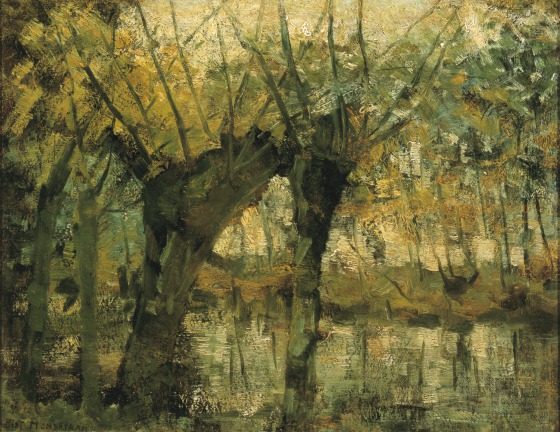
Mondrian evolved a non-representational form which he termed neoplasticism. This consisted of white ground, upon which he painted a grid of vertical and horizontal black lines and the three primary colors.
Mondrian’s art was intimately related to his spiritual and philosophical studies. In 1908, he became interested in the theosophical movement launched by Helena Petrovna Blavatsky in the late 19th century, and in 1909 he joined the Dutch branch of the Theosophical Society. The work of Blavatsky and a parallel spiritual movement, Rudolf Steiner’s Anthroposophy, significantly affected the further development of his aesthetic. Blavatsky believed that it was possible to attain a more profound knowledge of nature than that provided by empirical means, and much of Mondrian’s work for the rest of his life was inspired by his search for that spiritual knowledge.
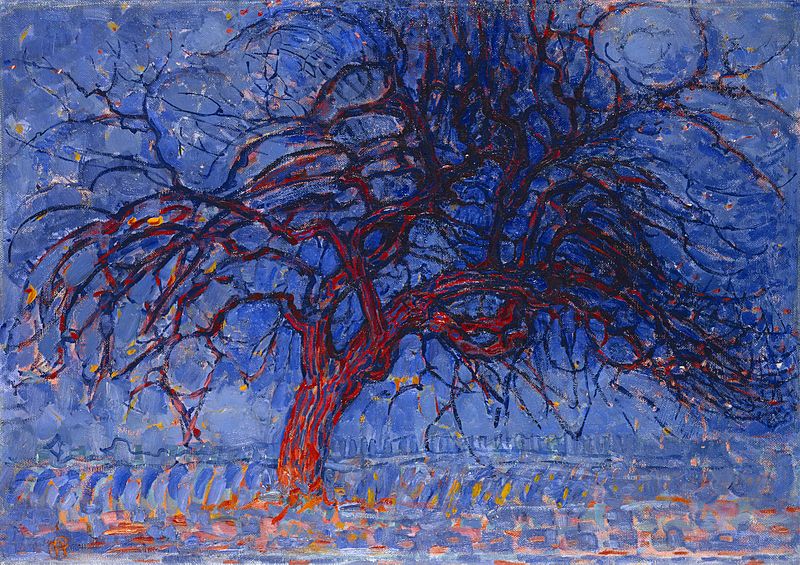
Mondrian’s earliest paintings showing a degree of abstraction are a series of canvases from 1905 to 1908 that depict dim scenes of indistinct trees and houses reflected in still water. Although the result leads the viewer to begin focusing on the forms over the content, these paintings are still firmly rooted in nature, and it is only the knowledge of Mondrian’s later achievements that leads one to search in these works for the roots of his future abstraction.
As a proponent of De Stijl, Mondrian advocated pure abstraction and universality by a reduction to the essentials of form and color; he simplified visual compositions to the vertical and horizontal directions, and used only primary colors along with black and white. Mondrian wrote,
This new plastic idea will ignore the particulars of appearance, that is to say, natural form and color. On the contrary, it should find its expression in the abstraction of form and color, that is to say, in the straight line and the clearly defined primary color.
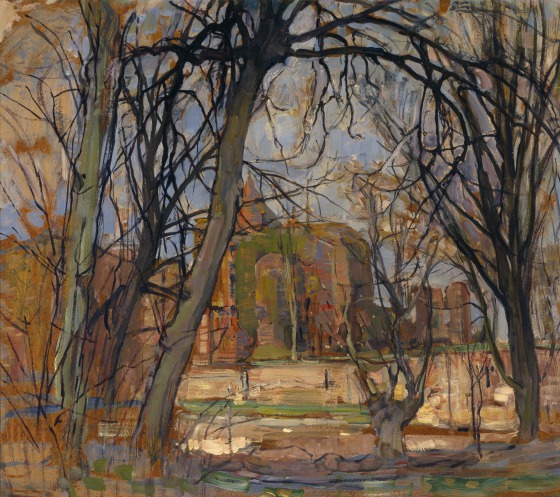
Mondrian and his later work were deeply influenced by the 1911 Moderne Kunstkring exhibition of Cubism in Amsterdam. His search for simplification was greatly influenced by his appreciation for Cubism.
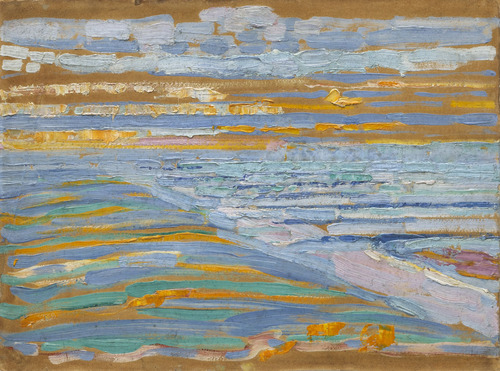
Cubism is an early-20th-century avant-garde art movement that revolutionized European painting and sculpture, and inspired related movements in music, literature and architecture. Cubism has been considered the most influential art movement of the 20th century. The term is broadly used in association with a wide variety of art produced in Paris (Montmartre, Montparnasse and Puteaux) during the 1910s and extending through the 1920s.
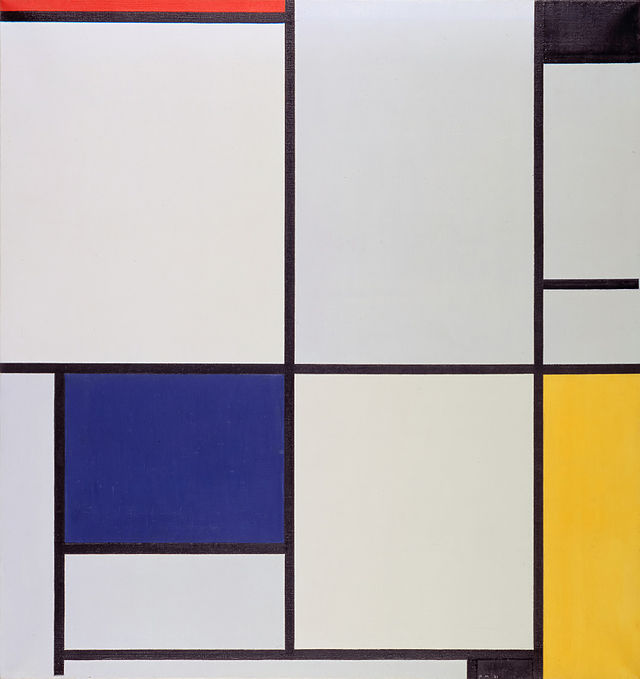
The movement was pioneered by Georges Braque and Pablo Picasso. In Cubist artwork, objects are analyzed, broken up and reassembled in an abstracted form—instead of depicting objects from one viewpoint, the artist depicts the subject from a multitude of viewpoints to represent the subject in a greater context.
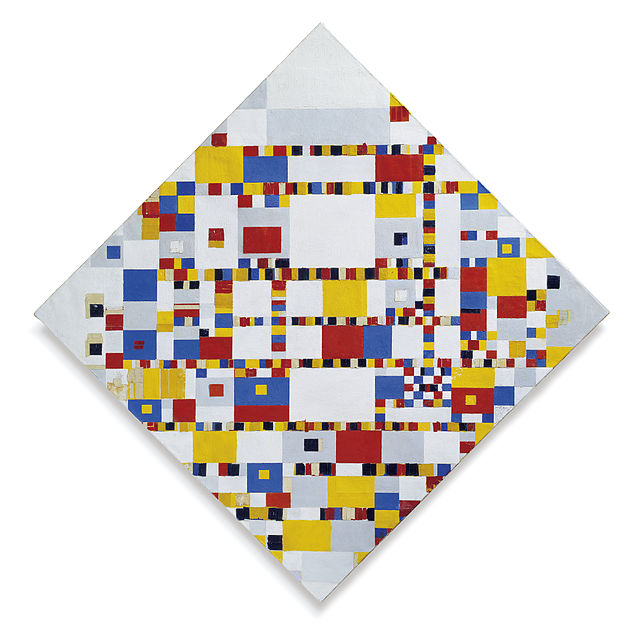
We asked award winning, Chicago-based, interior designer, Mitchell Channon, to explain how Mondrian has influenced his work. Three of Channon’s projects, including Millennium Park, Winnetka Luxury project and Lakefront project have received ASID Design Excellence Awards, and his projects have been featured in numerous notable publications, as well as on HGTV. Channon says the following about Mondrian’s influence on interior design:
Mondrian’s work captures one of the essential characteristics of modernism: the capacity to create compositions that, while asymmetrical, remain balanced. Consequently, my more modern work often features arrangements of interior architecture and furnishings that, unlike classical design, achieve balance through asymmetry.
As an example of a design that is asymmetrical and balanced, Channon provided us with the following photo from one his completed renovation projects; the photo showcases an arrangement of shelving and cabinetry in a modern renovation.
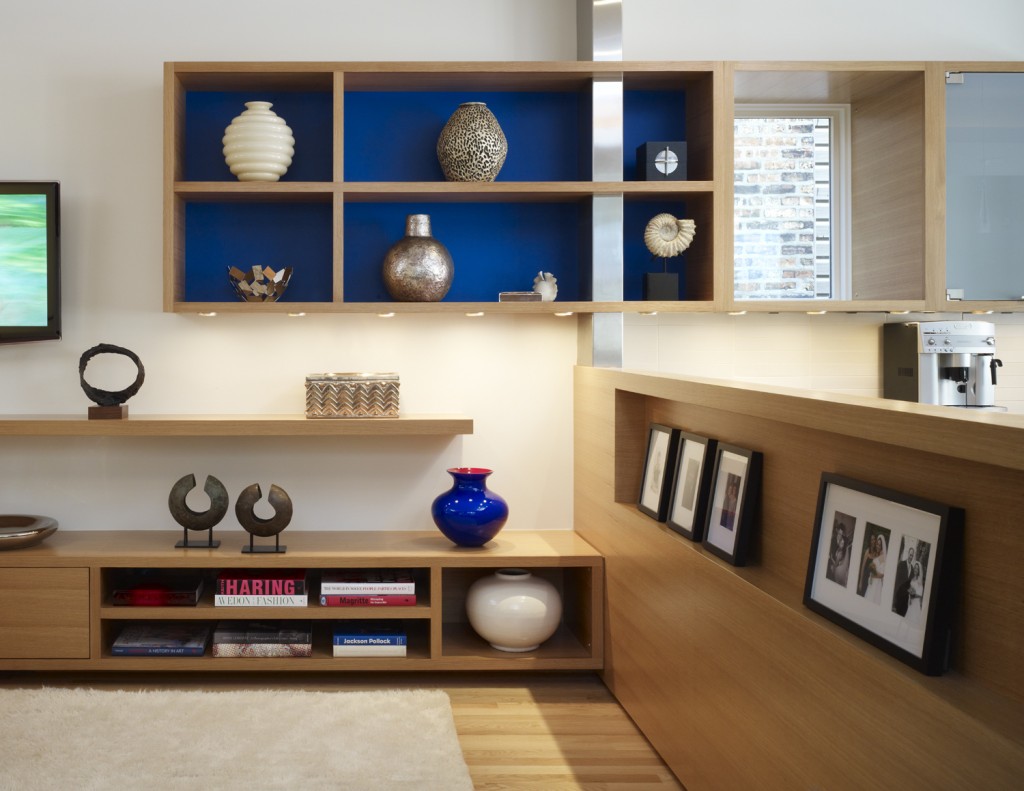
Mondrian’s work continues to influence modern interior design and artisan craftsmanship with the preciseness and vibrancy of his compositions. His black lines and color blocks are beautiful images which lead to endless inspiration.
If you are looking for modern, sophisticated furniture, Tangible Interiors is located in Lakeview Chicago. We offer a full range of contemporary furniture and decor to end consumers and professionals. Browse our full product line here: tangibleinteriors.com.

